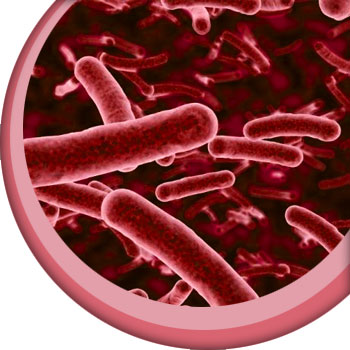What is Antibiotic Resistance?
Antibiotics are medications which kill bacteria or stop them growing. They don’t have any effect on viruses. Antibiotics are divided up into classes or families of drugs which work in similar ways, for example the penicillins are a family of antibiotics. Sometimes bacteria may develop a way of avoiding being treated by an antibiotic or a class of antibiotics, this is called being resistant to the antibiotic. Sometimes once bacteria can do this for one family of antibiotics, they will go on to become able to resist other families of antibiotics. This can then cause vets a problem as they have fewer antibiotics left that will treat the bacteria, sometimes for life-threatening infections.
Antibiotic resistance is a major problem in human medicine with MRSA being the most well known example, although there are other kinds of resistant bacteria around. It is also becoming a problem for our pets, for example some dogs and cats can now get skin infections with antibiotic resistant bacteria. There has been a lot of coverage in the media which can sound quite dramatic but generally healthy people do not need to panic that they are about to be infected with MRSA as it is far more likely to cause a problem for people who are in hospital or whose immune system is not functioning properly.

One thing that has been shown to help bacteria become resistant to antibiotics is actually using the antibiotics, especially if they are not used properly. This is because often the bacteria will not be triggered to become resistant until they have been exposed to an antibiotic. If a person or animal is prescribed antibiotics and doesn’t take a high enough dose, or doesn’t take the full course, the bacteria may not get enough to treat them but they may become resistant to that antibiotic, making it more difficult to treat them in the future.
It is important that we try to minimise the development of antibiotic resistance.
There are two areas we can work on:
• Reducing the development of resistant bacteria by appropriate use of antibiotics.
• Reducing the spread of resistant bacteria to other people, or between people and animals by maintaining good standards of hygiene.
This applies to hospitals and veterinary practices, but also within our own homes.
Disclaimer: This website has been designed to offer information surrounding the use of antibiotics and infection control for pet owners. It does not replace advice from your veterinary surgeon. If you believe your pet is unwell or you have any questions relating to their treatment, please always contact your veterinary surgeon for advice.

